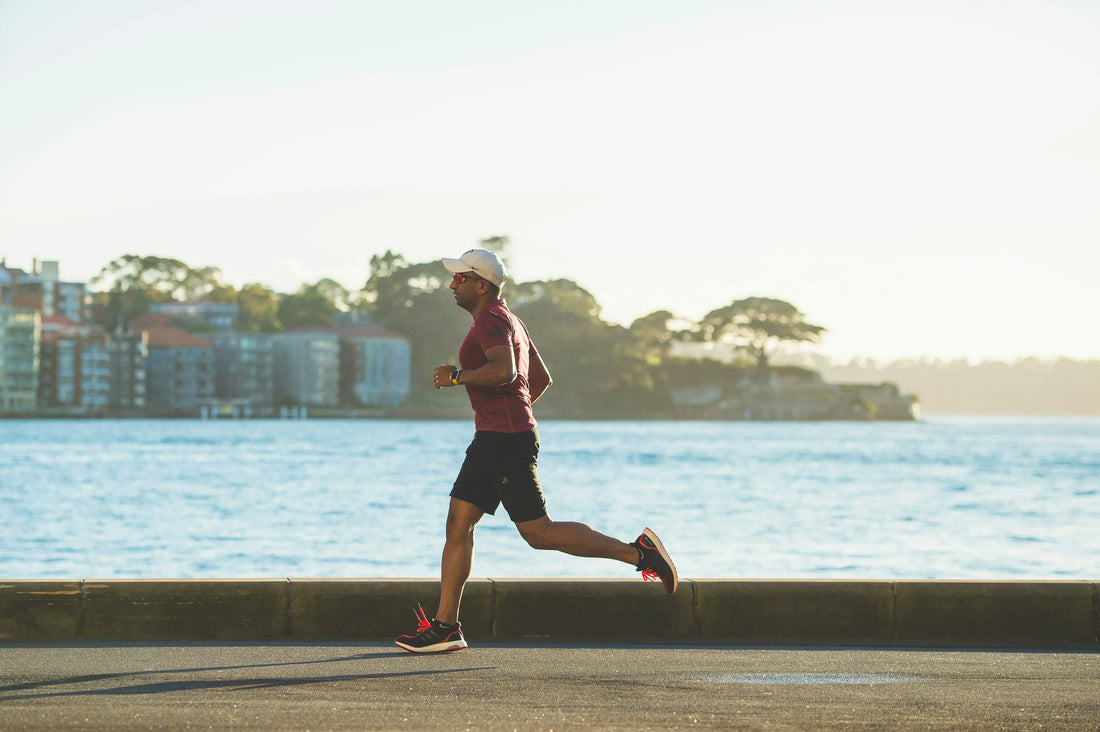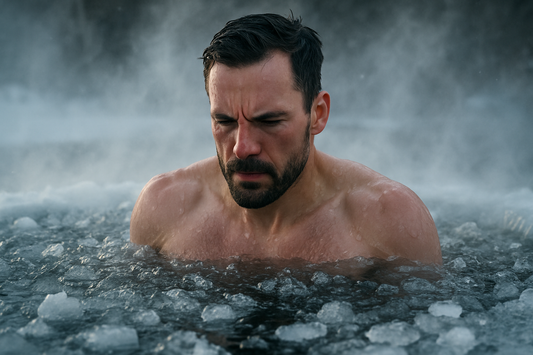
How to Start Ice Bathing
Share
Ice baths, also known as cold water immersion, have become increasingly popular for athletes, wellness enthusiasts, and anyone looking to improve recovery and reduce inflammation. If you're new to ice baths, it can seem intimidating at first, but with the right knowledge and precautions, you can experience their incredible benefits safely and effectively.
In this guide, we’ll walk you through the basics of how to start ice bathing, with a special focus on important points beginners should keep in mind.
1. Understand the Benefits of Ice Baths
Before you dive in, it's important to understand why ice baths are so beneficial. Cold therapy works by constricting blood vessels, reducing inflammation, and numbing nerve endings. This helps to:
● Reduce muscle soreness after intense physical activity
● Speed up recovery by improving circulation once you warm up
● Decrease inflammation and promote healing in tissues
● Boost mood by stimulating the release of endorphins
As a beginner, it’s good to keep these benefits in mind as motivation, but it’s equally important to take a gradual approach to avoid any negative effects on your body.
2. Start Slow: Gradual Exposure to Cold
For your first ice bath, it’s crucial not to overdo it. Your body isn’t used to such a drastic change in temperature, and diving straight into freezing cold water can shock your system. Here are some tips for gradual exposure:
● Shorten the time: Start with 3-5 minutes. As you become more accustomed, you can gradually increase the duration.
● Lower the temperature gradually: If you find it too overwhelming to start with ice, try taking a cool shower first and then move into colder water over time.
● Listen to your body: If you feel too uncomfortable or experience any pain, get out of the water immediately.
3. Know the Right Temperature
The ideal temperature for an ice bath typically ranges from 50°F to 59°F (10°C to 15°C). Going lower than that could be too intense for beginners. It’s also essential to monitor the water temperature carefully. If the water is too cold, it can lead to hypothermia or frostbite, especially if you're in the bath for too long.
● For beginners, start at the higher end of this range (around 59°F/15°C) and adjust based on your comfort level.
● Gradually reduce the temperature as your body adapts to the cold.
4. Prepare Your Body Before the Ice Bath
Before getting into the ice bath, prepare your body with some warm-up activities. Doing light physical activity for about 5-10 minutes helps get your blood flowing and prepares your body for the cold shock.
● Warm-up: A quick jog, jumping jacks, or even dynamic stretching can help prime your muscles.
● Hydrate: Make sure you’re well-hydrated before stepping into the cold. Dehydration can increase the intensity of the cold’s effects on your body.
5. Have an Exit Strategy
As a beginner, it's essential to have an exit strategy in case the cold gets overwhelming. You should always know how long you’ve been in the bath and be prepared to get out if you experience any of the following:
● Shivering uncontrollably (a sign your body is becoming too cold)
● Numbness or tingling that persists after exiting the bath
● Dizziness or lightheadedness (if this happens, leave the bath immediately)
Have warm clothes and a blanket nearby to wrap yourself in immediately after the bath. A warm shower or warm fluids (like tea) can help bring your body temperature back to normal.
6. Pay Attention to Your Breathing
Breathing is crucial during an ice bath. As you step into the cold water, your body will instinctively gasp or hyperventilate. It’s important to remain calm and focus on your breath to avoid panic. Here are some breathing tips:
● Deep, steady breaths: Focus on taking slow, deep breaths to keep your body calm and reduce the shock.
● Breathe in through your nose and out through your mouth: This helps regulate your heart rate and oxygen levels.
The more you practice controlled breathing, the easier it will become to tolerate the cold.
7. Don't Overdo It - Frequency Matters
For beginners, it’s important to avoid excessive ice baths. Your body needs time to adapt and recover after each session. Overdoing it can stress your nervous system, leading to negative effects like decreased performance or muscle tightness.
● Start with 1-2 ice baths per week and see how your body responds.
● Take rest days between ice bath sessions to allow your body to recover properly.
8. When to Avoid Ice Baths
While ice baths are generally safe, there are times when they should be avoided:
● If you have certain medical conditions: Individuals with heart conditions, high blood pressure, or Raynaud’s disease should consult a doctor before using ice baths.
● If you're injured: Ice baths can be helpful for reducing inflammation, but they might not be suitable for all types of injuries. For muscle tears or fractures, it’s best to follow your doctor’s recommendations.
● Pregnancy: Pregnant women should avoid ice baths, as extreme temperature changes can affect circulation.
9. After the Ice Bath: Recovery Is Key
Once your ice bath is complete, it’s essential to follow a good post-ice bath recovery routine:
● Warm up gradually: Don’t rush to warm up your body too quickly, as it may shock your system. Instead, allow your body to return to normal temperature slowly.
● Stretch: Gentle stretching helps improve flexibility and helps relax your muscles after the cold exposure.
● Hydrate: Ice baths can cause dehydration, so be sure to drink water or an electrolyte drink afterward to replenish fluids.
Starting with ice baths as a beginner can be incredibly rewarding for both physical and mental health, but it’s essential to approach it with care. By taking gradual steps, listening to your body, and following the safety tips outlined above, you can safely incorporate cold therapy into your routine for enhanced recovery and performance.
Remember, consistency and patience are key. Your body will adapt over time, and you’ll be able to enjoy the full benefits of ice baths as you progress.




